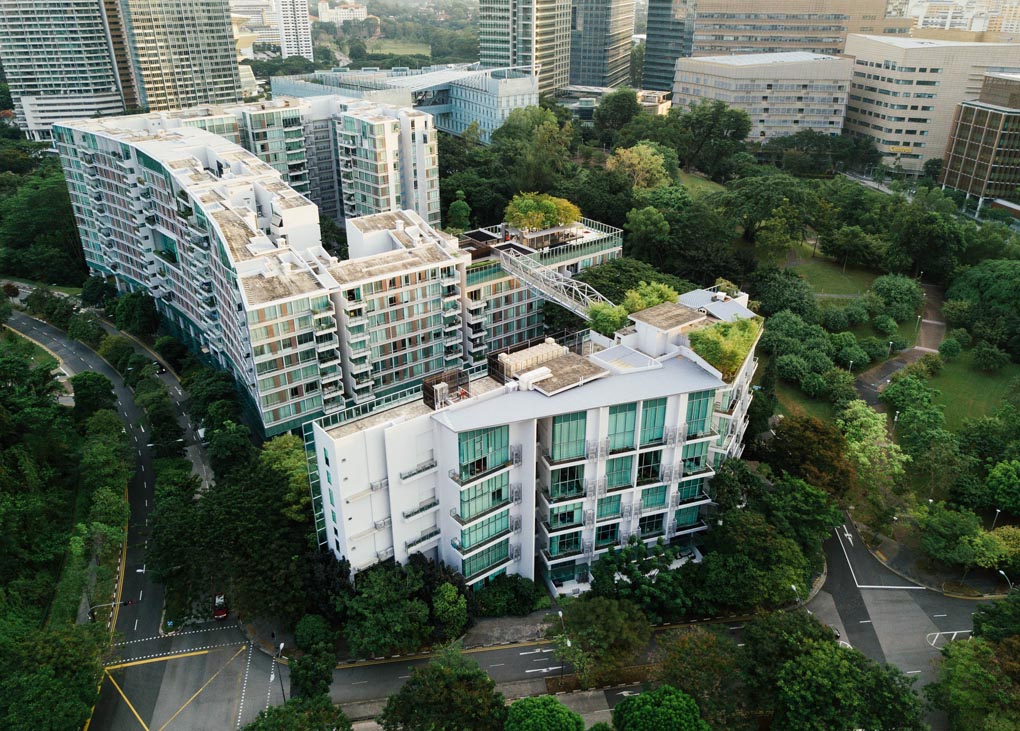Researchers at Yale University have found that heat stress in urban areas is dependent on local climate, and that a humidifying effect can erase the cooling benefits that would come from trees and vegetation.
According to the researchers, as temperatures across the globe reach record-level highs, it follows that urban areas are also facing increased heat stress. And cities are generally warmer and dryer than adjacent rural land. But urban humid heat is an additional complicating factor.
In their study, Yale School of the Environment (YSE) scientists investigated the combined effect of temperature and humidity on urban heat stress using observational data and an urban climate model calculation.
Sara Shallenberger Brown Professor of Meteorology Xuhui Lee, who directed the study, says that a widely held view is that urban residents suffer more heat burden than the general population owing to the urban heat island phenomenon.
“This view is incomplete because it omits another ubiquitous urban microclimate phenomenon called the urban dry island, [that is] that urban land tends to be less humid than the surrounding rural land,” says Lee.
“In dry, temperate, and boreal climates, urban residents are actually less heat-stressed than rural residents. But in the humid Global South, the urban heat island is dominant over the urban dry island, resulting in two to six extra dangerous heat stress days per summer,” he says.
Lee and YSE doctoral student Keer Zhang, lead author of the study, say they were motivated to investigate the issue because a large percentage of the global population lives in urban areas, many people in informal urban settlements do not have access to air conditioning, and the problem is going to get worse as temperatures rise and more people move to cities.
The researchers developed a theoretical framework on how urban land modifies both air temperature and air humidity and showed that these two effects have equal weight in heat stress as measured by the wet-bulb temperature. This is contrary to other heat indexes, which weigh temperature more heavily than humidity, they say; with wet-bulb temperature combining dry air temperature with humidity to measure humid heat.
“Green vegetation can lower air temperature via water evaporation, but it can also increase heat burden because of air humidity,” Lee says.
“The question then is to what extent this humidifying effect erases the cooling benefit arising from temperature reduction. We hope to answer this question in a follow-up study, where we are comparing observations of the wet-bulb temperature in urban greenspaces (with dense tree cover) and those in built-up neighbourhoods.”
Zhang hopes the study can lead to further research on how cities can mitigate heat stress.
“Our diagnostic analysis on the urban wet-bulb island found that enhancing urban convection efficiency (the efficiency in dissipating heat and water) and reducing heat storage at night can reduce daytime and night-time urban humid heat respectively. We hope that our work will promote more research on optimising urban shapes and materials for better thermal comforts,” she says.
More information is available at the Yale School of the Environment website.
Photo by CHUTTERSNAP on Unsplash
 Louise Belfield
Louise Belfield


Leave a Reply